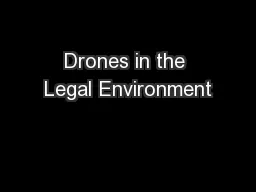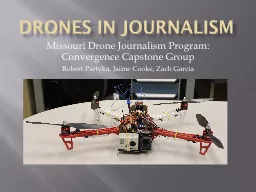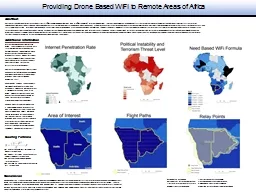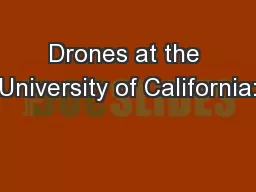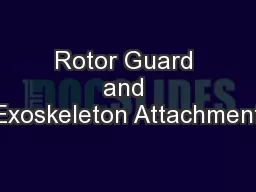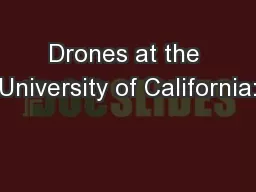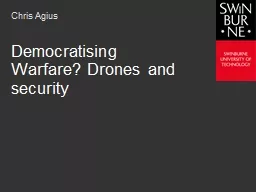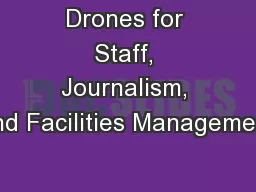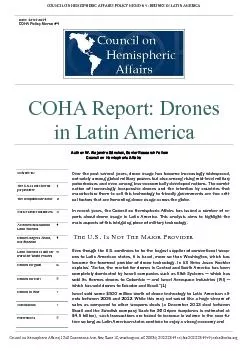PPT-Drones in the Legal Environment
Author : luanne-stotts | Published Date : 2018-10-05
Gene Betler CLVS CTTS AMA AUVSI amp Small UAV Coalition member Drones What are drones Drones Controlled unmanned aircraft with a camera Drones They are not new
Presentation Embed Code
Download Presentation
Download Presentation The PPT/PDF document "Drones in the Legal Environment" is the property of its rightful owner. Permission is granted to download and print the materials on this website for personal, non-commercial use only, and to display it on your personal computer provided you do not modify the materials and that you retain all copyright notices contained in the materials. By downloading content from our website, you accept the terms of this agreement.
Drones in the Legal Environment: Transcript
Download Rules Of Document
"Drones in the Legal Environment"The content belongs to its owner. You may download and print it for personal use, without modification, and keep all copyright notices. By downloading, you agree to these terms.
Related Documents

